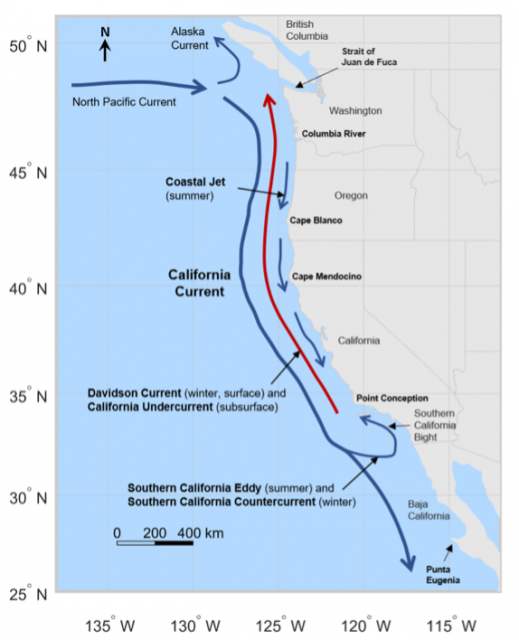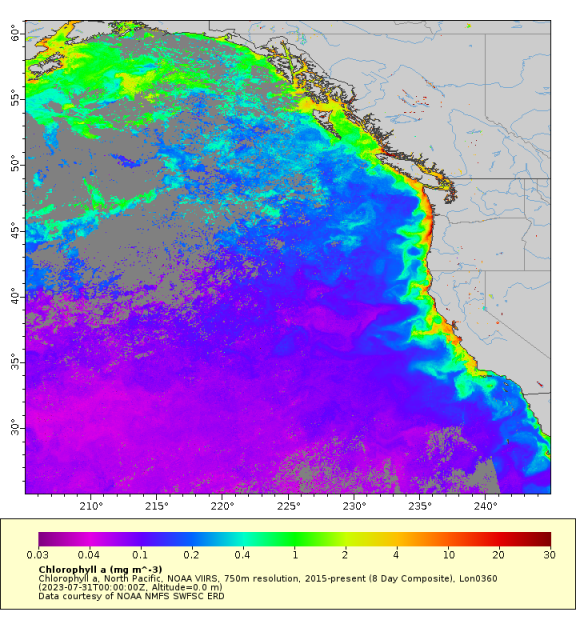Abstracts Welcome for OSM Session on California Current and NE Pacific Ocean
Abstracts are being sought for a session on data and modeling of the California Current System and the Northeast Pacific Ocean during the 2024 Ocean Science Meeting in February in New Orleans. Edward P. Dever, Oregon State University, Richard K. Dewey, Ocean Networks Canada, and Kashish Sadhwani, Indian Institute of Technology Bombay organized the session to maximize use of modeling efforts in the region and to foster further collaboration among researchers.
“The Northeast Pacific Ocean offers researchers opportunities to study many regionally important processes that impact productivity, seasonal hypoxia, and ocean acidification,” said Edward P. Dever, of Oregon State University, who is chair of the session. “We hope to bring researchers together to share their insights about this important region and to help facilitate collaboration among those working in different areas of the Northeast Pacific.”
The deadline for abstract submission is September 13, 2023. Submit here. A description of the session follows:
OT019 – Sustained Data and Models in Support of Research in the California Current System and Northeast Pacific Ocean
The Northeast Pacific Ocean as defined by the California Current System, Salish Sea, and Gulf of Alaska, has long been a focus of sustained observing and modeling efforts. Regionally important physical processes include coastal upwelling, river plumes, and responses to interannual variability (e.g., ENSO, the Pacific Decadal Oscillation, marine heatwaves, and other events). These processes impact primary productivity, phyto- and zooplankton community structures, seasonal hypoxia, and ocean acidification. In this session, we seek to share insights and facilitate collaboration between observations and models and among researchers working in different areas of the Northeast Pacific. We invite contributions in any of the following broad topics:
- syntheses of sustained data sets for model initialization
- forcing and validation
- best practices for inter comparison and networking across observations
- modeled and observed interactions between different sub-regions
- estimation of rate processes
- advances in bio-acoustic, biogeochemical, and bio-optical measurements, and
- predictions of physical and ecosystem responses across relevant temporal and spatial scales.


